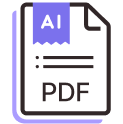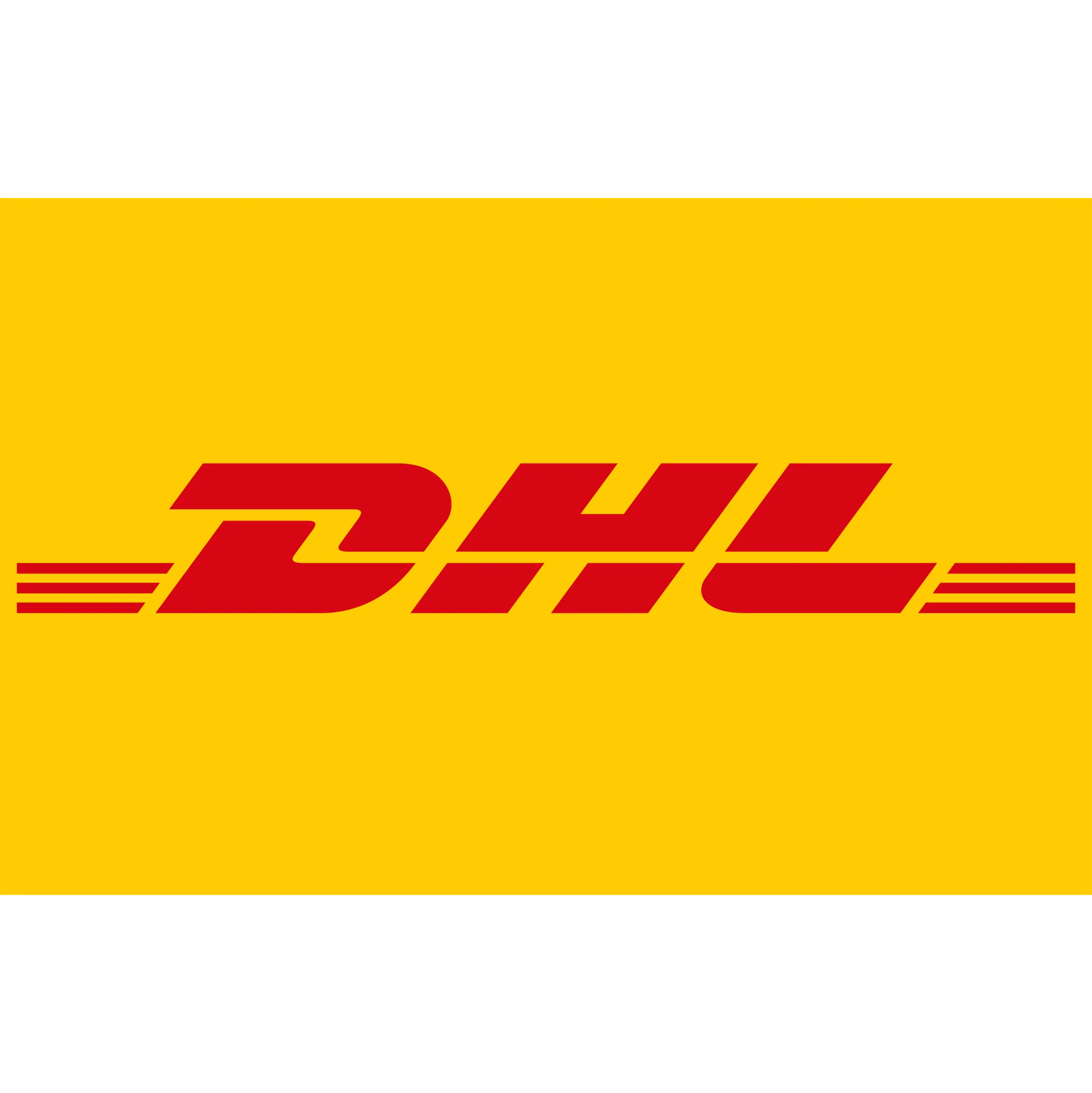
How to automate freight & parcel invoice audit using Parabola
- Pull invoice data from sources like PDFs, emails, carrier portals, and/or CSV files using steps like Pull from inbound email.
- Clean and standardize the data using steps like Edit columns, Extract with AI, and Standardize with AI to normalize values and match formatting across your invoices and rate cards.
- Using a Combine tables step, join the datasets based on identifiers such as shipping method, bill weight, unit of measure, and pricing zone.
- Calculate discrepancies by applying math formulas to compare the invoice data against the rate card using an Add math column step.
- Action on discrepancies with the Email a file attachment step by setting up email notifications for discrepancies exceeding a defined threshold, such as 3% or a specific dollar amount.
- Create a dashboard or visualization in Parabola to track discrepancies across carriers and shipping methods.
- Optionally, use this data in a carrier scorecard Flow to monitor billing accuracy as a performance metric.
Beyond reconciling values like parcel rates and fuel surcharges, Parabola can also audit more complex values like accessorial fees, weight and dimensional charges, service level failures, and volume-based discounts. Even if your rate cards and invoice PDFs are totally unstructured and lack standardization.

Video overview
Why Parabola







We use Parabola to automate data transfer, billing reconciliation, and real-time alerts. With Parabola's robust and simple data connection features, we're able to save a ton of time and work – for both my team and the IT team.
What is a freight & parcel invoice audit?
Freight and parcel invoice auditing is the process of ingesting invoices from various carriers and auditing them against the carrier’s rate card to identify discrepancies in fuel surcharges, line items, accessorial fees, and other charges. This ensures billing accuracy and prevents overpayments. Freight and parcel invoice audits can be challenging because of the consolidation and standardization required across carrier portals, PDFs, and emails, since every carrier formats their data differently.
How to do freight & parcel invoice audits in Parabola?
Parabola transforms your freight and parcel audit processes by automatically ingesting data from carrier CSVs, PDFs, and third-party portals, then compares that data against rate cards to find overages or inaccurate charges. With most carriers providing only 30-60 days to submit a dispute, audit velocity is key for any team shipping at scale — and auditing in spreadsheets leads to human error, unscalable process, missed savings, and limited visibility into billing discrepancies across carriers.
Tips for freight & parcel invoice audits in Parabola?
- The simplest way to get started on a freight or parcel audit, before integrating via email or connecting an API, is often with a static file — using a step like Pull from CSV file or Pull from PDF file.
- Standardize carrier names, shipping methods, and accessorials early in your flow using steps like Edit columns, Extract with AI, and Standardize with AI.
- Consider standardizing and combining rate sheets for a single carrier at the beginning of your flow using a Stack tables step to streamline comparisons.
- Create visualizations to monitor billing accuracy across carriers and identify discrepancies by shipping service.
What other resources are available on freight & parcel invoice audits in Parabola?
- To start building your own parcel invoice audit Flow, use the Template above and check out Parabola University.
- Explore this freight and parcel invoice audit demo video.
- Convert freight and parcel invoice PDFs into spreadsheets using AI.
- Digitize your freight invoices automatically using our free template.
What are best practices for invoice auditing?
Best practices for auditing invoices include validating every carrier invoice line item against shipment records, checking for accessorial charges, and confirming contracted rates are applied consistently. Teams should also automate exception reporting so only discrepancies require manual review. For more guidance, see this blog on the freight audit process.
What software is commonly used for invoice audits?
Most companies rely on carrier portals, ERP or TMS systems, and spreadsheets to compare invoices against shipment data. Some use niche audit providers, but these tools often lack flexibility. Parabola differs by connecting directly to carrier invoices, ERP data, and e-commerce platforms, automating the audit without code. See how teams use AI to extract data from invoices sitting in PDFs into spreadsheets here.
Why do freight and parcel invoices often contain errors?
Errors frequently arise from incorrect accessorial fees, misapplied surcharges, or misbilled weights and dimensions. High shipment volumes magnify these issues, making manual review slow and costly. Learn how to mitigate these challenges via inbound freight tracking automation.
What are real-world examples of freight and parcel invoice audit automation?
Hundreds of Parabola users are currently using our AI-powered workflow builder to automate invoice audit processes. Below are some real stories, from real customers.
- How Passport cut invoice auditing time by 80% and scaled smarter with Parabola
- How Seed scaled operations and saved 500+ hours a year with Parabola








